Projections See U.S. and Canada Lowering Conventional Energy Use With Distributed Energy Resources on the Rise
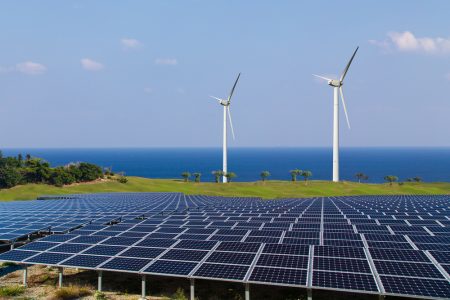 DNV GL, a world-leader in quality assurance and risk management services for maritime, oil, gas, power and renewable industries, recently released their annual Energy Transition Outlook for 2019 with projections into the year 2050. This report is DNV GL’s view on the future of energy and what the path ahead most likely will look like. While the United States and Canada are both projected to see an increase in population and wealth, the total energy usage will be lowered by about 30%. Why? An increase in CO2 free electricity by use of Distributed Energy Resources of Solar and Wind.
DNV GL, a world-leader in quality assurance and risk management services for maritime, oil, gas, power and renewable industries, recently released their annual Energy Transition Outlook for 2019 with projections into the year 2050. This report is DNV GL’s view on the future of energy and what the path ahead most likely will look like. While the United States and Canada are both projected to see an increase in population and wealth, the total energy usage will be lowered by about 30%. Why? An increase in CO2 free electricity by use of Distributed Energy Resources of Solar and Wind.
The study shows that by the year 2050, the United States and Canada are both looking at 24% of their total electricity use coming from solar PV. This will be made possible because by the late 2020’s, 962 GWac of solar power will be generated, being installed at a rate of 35 to 45GWac of capacity per year.
Wind turbines will be generating almost 50% of electricity by 2050, with onshore wind climbing to 26% and offshore wind rising to 22% from 0% of today. Hydro and nuclear power, respectively, will be around 8% and gas-fired generation will hover around 10%. Coal, a non-renewable energy resource, will account for about 0% of generation as early as the ‘30’s. This means that by 2050, over 80% of electricity being generated in the United States and Canada will be coming from distributed energy resources.
Seasonal energy storage wasn’t included in the report. The battery storage systems considered were from flow, lithium ion batteries, pumped hydroelectric energy storage and electric vehicles. Standalone systems that use lithium ion batteries deliver only a small amount of energy storage, while electric vehicles (EV) and flow batteries offer greater energy storage services.
In the coming years, DNV GL anticipates that globally, 12 TWac of solar power will be installed, with China leading the pack—being responsible for a little over 4 TWac, while 2 TWac of that capacity will be coming from India (TWac refers to the nominal power output when converted from DC to AC). At this point in time, DNV GL predicts that one-third of global electricity will come from PV. By the ‘30’s, 600 GWac will be installed annually, with solar power making up 60% of all new electricity generating capacity installed each year.
Regional energy usage will still heavily be composed of nonrenewable resources like coal, oil and nuclear fuels in the foreseeable future. But, the CO2 emissions from these nonrenewable sources will slowly begin to decline due to efficiency gains versus the lack of newer, cleaner sources. By 2050, we’re looking at electricity accounting for 45% of total energy used, with 90% coming from CO2 free distributed energy resources.
At Intersect Energy, we provide analysis, financing and structuring of alternative energy solutions to our clients. Our goal is to reduce your site’s environmental impact while helping to maximize your savings. Our distributed energy resources including solar, wind, cogeneration, CHP and fuel cells help save an average of 20% in energy cost to our clients. Lower your conventional energy usage by trusting in the experts at Intersect Energy for all your green energy needs! To keep up with all the latest news in renewable energy, make sure to follow us on LinkedIn.
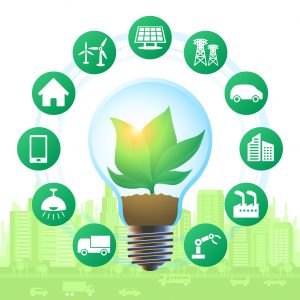 Intersect Energy, LLC has developed a revolutionary portable packaging of solar power with a battery system. This system allows for immediate and rapid expansion of remote electrification for rural development, humanitarian relief, commercial and military uses. Intersect’s unit, named EOUS, is a green way to supply power for beyond the grid (BTG) distributed resources. The EOUS system can provide 7-12 kW anywhere in the world for 24 hours a day, 7 days a week. If more power is needed, another unit can easily be tied into the existing system. We believe our system is also a perfect green solution for rapid deployment when power isn’t readily available due to disasters, weather or blackouts.
Intersect Energy, LLC has developed a revolutionary portable packaging of solar power with a battery system. This system allows for immediate and rapid expansion of remote electrification for rural development, humanitarian relief, commercial and military uses. Intersect’s unit, named EOUS, is a green way to supply power for beyond the grid (BTG) distributed resources. The EOUS system can provide 7-12 kW anywhere in the world for 24 hours a day, 7 days a week. If more power is needed, another unit can easily be tied into the existing system. We believe our system is also a perfect green solution for rapid deployment when power isn’t readily available due to disasters, weather or blackouts.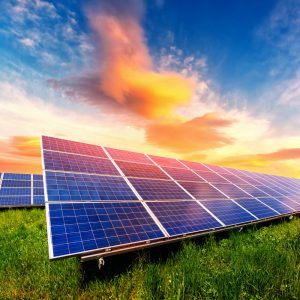 Since the early 2000’s, we’ve seen retail electricity prices steadily rise, about
Since the early 2000’s, we’ve seen retail electricity prices steadily rise, about 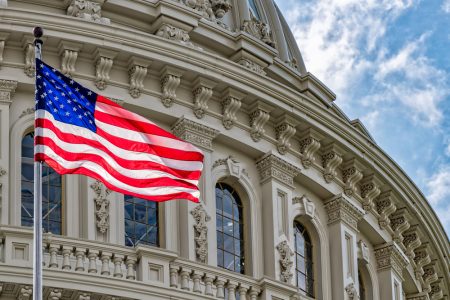 For the last five years, homeowners and commercial business owners have enjoyed the benefits of the solar investment tax credit. This tax credit (ITC) allows you to deduct 30% of the cost of installing a solar energy system to your property from your federal taxes. This saves the shopper on average about $9,000. Now, House Democrats have drafted a clean energy package to extend this tax credit to wind and energy storage industries as well as add another five-year extension. Not only could this advanced tax credit reduce emissions, it could also create thousands of jobs and boost the economy. Enjoying bi-partisan support in the House, this development makes clean energy accessible and affordable for everyday Americans.
For the last five years, homeowners and commercial business owners have enjoyed the benefits of the solar investment tax credit. This tax credit (ITC) allows you to deduct 30% of the cost of installing a solar energy system to your property from your federal taxes. This saves the shopper on average about $9,000. Now, House Democrats have drafted a clean energy package to extend this tax credit to wind and energy storage industries as well as add another five-year extension. Not only could this advanced tax credit reduce emissions, it could also create thousands of jobs and boost the economy. Enjoying bi-partisan support in the House, this development makes clean energy accessible and affordable for everyday Americans.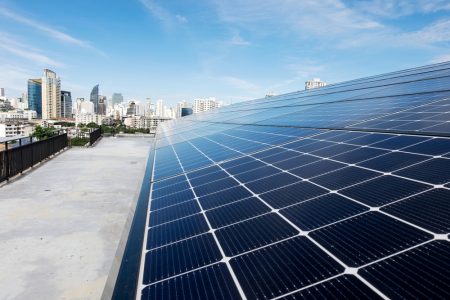 Our biggest source of energy, the Sun emits enough energy to completely satisfy the entire human demand for energy for over two hours! In the past few years, we’ve seen a steady rise in the deployment of large-scale solar power operations, with installations over the next few years set to reach a record high. New advancements in technology have increased these record high numbers, making solar paneling more efficient while driving down costs. While there have been a few setbacks in the quest to go solar, recent research conducted by
Our biggest source of energy, the Sun emits enough energy to completely satisfy the entire human demand for energy for over two hours! In the past few years, we’ve seen a steady rise in the deployment of large-scale solar power operations, with installations over the next few years set to reach a record high. New advancements in technology have increased these record high numbers, making solar paneling more efficient while driving down costs. While there have been a few setbacks in the quest to go solar, recent research conducted by 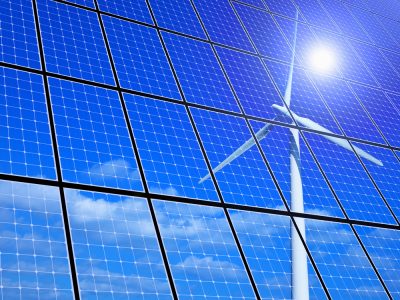 In a world that’s increasingly seeing the need for connection through alternative mediums, such as distributed generation, many big-time grid energy operators are choosing to collectively cutback on their renewable resource projects. One such company, Midcontinent Independent System Operator (MISO), has actively suspended 3.5 GW of renewable projects in the Western portion of their queue this year. Why? The need for transmission system upgrades are said to be tedious, continuous and expensive.
In a world that’s increasingly seeing the need for connection through alternative mediums, such as distributed generation, many big-time grid energy operators are choosing to collectively cutback on their renewable resource projects. One such company, Midcontinent Independent System Operator (MISO), has actively suspended 3.5 GW of renewable projects in the Western portion of their queue this year. Why? The need for transmission system upgrades are said to be tedious, continuous and expensive.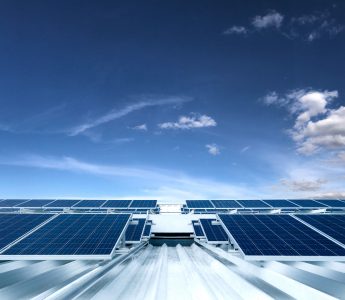
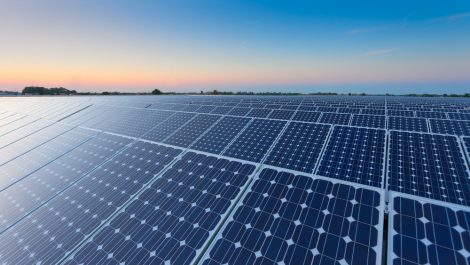
 Even though Google has been known to make large investments in
Even though Google has been known to make large investments in 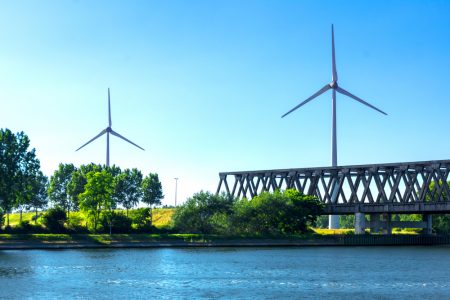 Countries around the world have committed to a clean future by investing in renewable energy. Since 2010, clean energy has made its mark on the world economy. 2019 marks a record-breaking year in renewable energy investment, as the investment is on course to reach
Countries around the world have committed to a clean future by investing in renewable energy. Since 2010, clean energy has made its mark on the world economy. 2019 marks a record-breaking year in renewable energy investment, as the investment is on course to reach